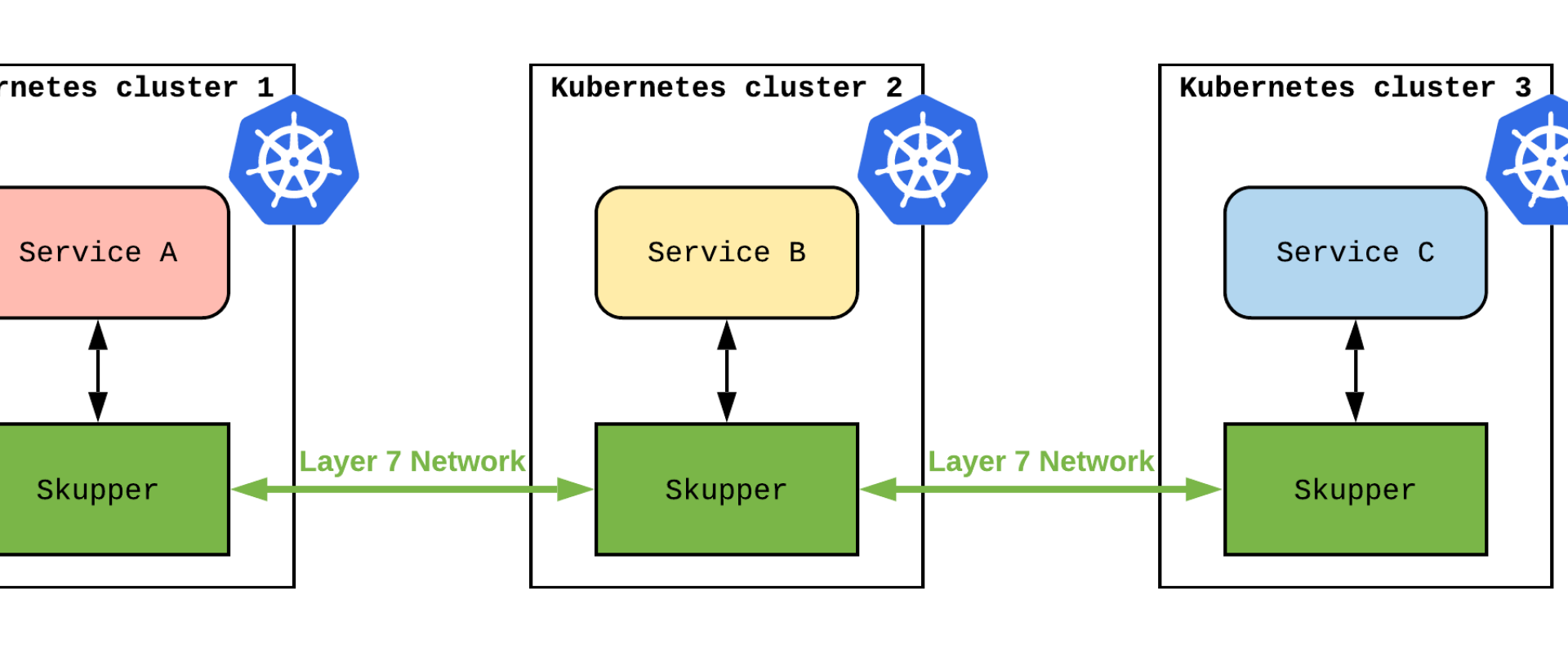Kind : A New Kubernetes Cluster

Kind : A New Kubernetes Cluster
Kind is a command-line tool that helps you to create a local Kubernetes cluster using Docker images and it mimics a Kubernetes cluster on your local system.
In this article, I would be talking about my experiences with a new local Kubernetes cluster call Kind.
Recently I wanted to experiment with something on a Kubernetes cluster, and I didn’t want to spin up a new cluster on AWS and wanted something quick.
Till now, Minikube was the only thing I was using as a local Kubernetes cluster. But I start noticing performance degradation on my system as soon as I started using Minikube.
I came across another local Kubernetes cluster called Kind and I want to share my learnings about it.
Introduction
Kind is a command-line tool that helps you to create a local Kubernetes cluster. It creates a cluster using Docker images and it mimics a Kubernetes cluster on your local system.
Minikube vs. Kind
The latest version of Minikube uses docker images to create the cluster, But it requires at least 1.8 GB of memory to start. With Kind, I could start the cluster with just 1 GB and could deploy a simple pod that hardly consumed 200 MB of memory.

Creating a Cluster
To create a cluster just run the following command:
Kind create cluster

Multi-Node Cluster
This feature was fascinating to me, If you want to create a multi-node cluster, you can provide a config to create it.
Kind create cluster --config config.ymlLet’s have a look at the config.
kind: Cluster
apiVersion: kind.x-k8s.io/v1alpha4
nodes:
— role: control-plane
— role: worker
— role: worker
I have asked it to create a cluster with a control plane and two worker nodes in this config.
Now, you can further customize this to map node ports to your host port. This would be helpful in a situation wherein say you have NodePort service, and you want to access it directly from your local system.
kind: Cluster
apiVersion: kind.x-k8s.io/v1alpha4
nodes:
- role: control-plane
- role: worker
extraPortMappings:
- containerPort: 80
hostPort: 8080
Custom Worker Node Images
Since Kind works with docker images, you can specify a custom docker image that you would like to run. Currently, it uses the docker images provided by kind. This means you can provide a specific version of Kubernetes that you would like to run, just by changing the image tag. You can find all the Kind images here.
kind: Cluster
apiVersion: kind.x-k8s.io/v1alpha4
nodes:
- role: control-plane
- role: worker
image: kindest/node:v1.16.4
Auto-Completion
Kind also provides functions that will allow your terminal to autocomplete your commands. This depends on the shell you use. Currently, it supports functions for Bash, ZSH (also oh-myzsh), and Fish shell. You can get these functions by using the following command.
kind completion zsh
If you want to know more on how to configure auto-completion with ZSH you can refer to the repo documentation here.
Conclusion
After exploring Kind, I found it pretty simple and straightforward. The major benefit I found is that I can customize the cluster’s configuration the way I want and I don’t have to worry about performance degrade compared to Minikube.
ZippyOPS Provide consulting, implementation, and management services on DevOps, DevSecOps, Cloud, Automated Ops, Microservices, Infrastructure, DataOPS, and Security
Services offered by us: https://www.zippyops.com/services
Our Products: https://www.zippyops.com/products
Our Solutions: https://www.zippyops.com/solutions
For Demo, videos check out YouTube Playlist:
https://www.youtube.com/watch?v=4FYvPooN_Tg&list=PLCJ3JpanNyCfXlHahZhYgJH9-rV6ouPro
Relevant Blogs:
Recent Comments
No comments
Leave a Comment
We will be happy to hear what you think about this post